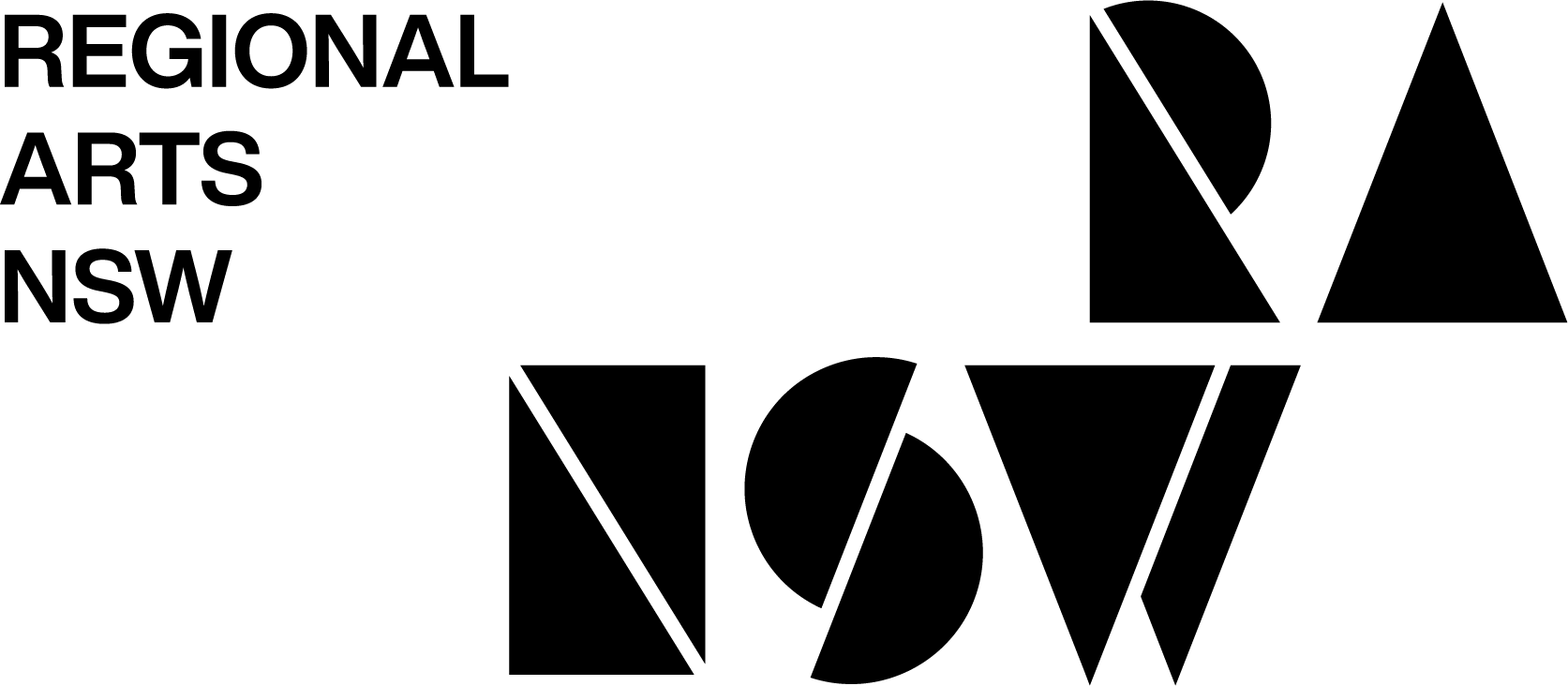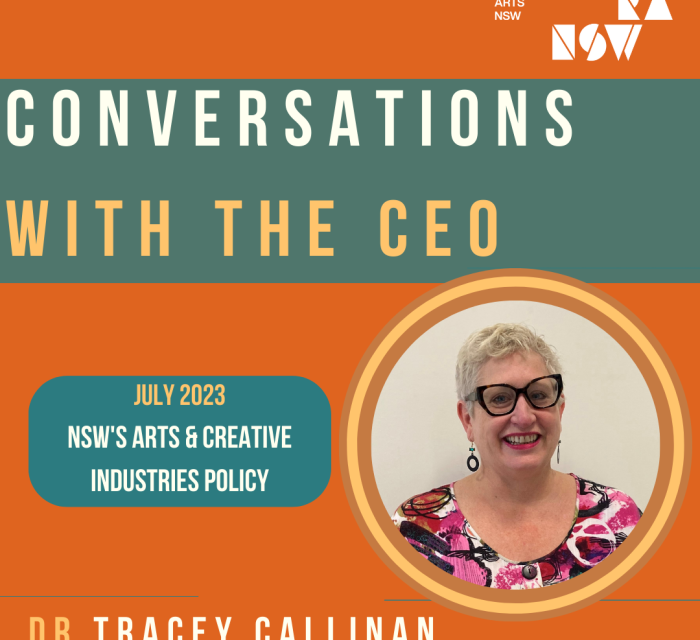After last year’s flurry of activity from the Federal Government that culminated in the release of a new national arts policy in January this year, we’re now starting the same process at state level. Our new NSW Arts Minister John Graham is pushing through a process which is branded as NSW’s first Arts and Creative Industries policy. With the aim to produce an artist-led approach that will grow the sector and unashamedly influenced by the work done by his Labor party colleagues at Federal level, there is no doubt that the development of a new policy offers opportunities to connect the arts and creative industries through its focus on people, infrastructure and audiences.
I have found it frustrating that, for over a decade, there has been a neglect of building the arts and the creative industries into a cohesive sector, so I welcome the approach articulated by John Graham. But as someone who actively supports the work in regional NSW, I will be watching to ensure that we do not get a city-centric outcome that further marginalises regional practice. We want the economic value of the sector to be recognised but it is vital that this sits alongside the need for cultural value to be prioritised, remembering too that cultural and creative industries play a role in building social capital in our regional places.
In a sector that is currently suffering from a lack of investment through government funding streams of Create NSW, how will a policy be developed that offers opportunities for people in all parts of NSW? How will it address the way we work in our spaces and places to produce better facilities linked to identity and place-making? How will is support better communications pathways so that our sector is connected, promoted and networked regardless of where they are located? Due to the unmet need in existing funding streams, we need innovative, alternative support mechanisms for developing the cultural sector, such as increased small business support, trade links and international promotion, more supportive tax concessions and government allowances, more robust protection of intellectual property, and ensuring that the arts has better links to other sectors, especially within government. It is vital that creative practitioners have better career pathways and that these are varied across formal and informal structures, that they have the flexibility to meet different needs and that access is equitable. We need to recognise the role of good leadership in the sector and make space for the champions and their advocacy that will help the sector thrive.
I hope that issues of access and equity are central to the process that develops this new policy. I want regional NSW to know that they are not getting second-rate treatment, just as I want our First Nations people, people of different cultural backgrounds, people with disability and the whole range of what makes our NSW arts, cultural and creative industries sector to know that a new state policy will articulate effective ways of supporting our industry in NSW in all its diversity.

